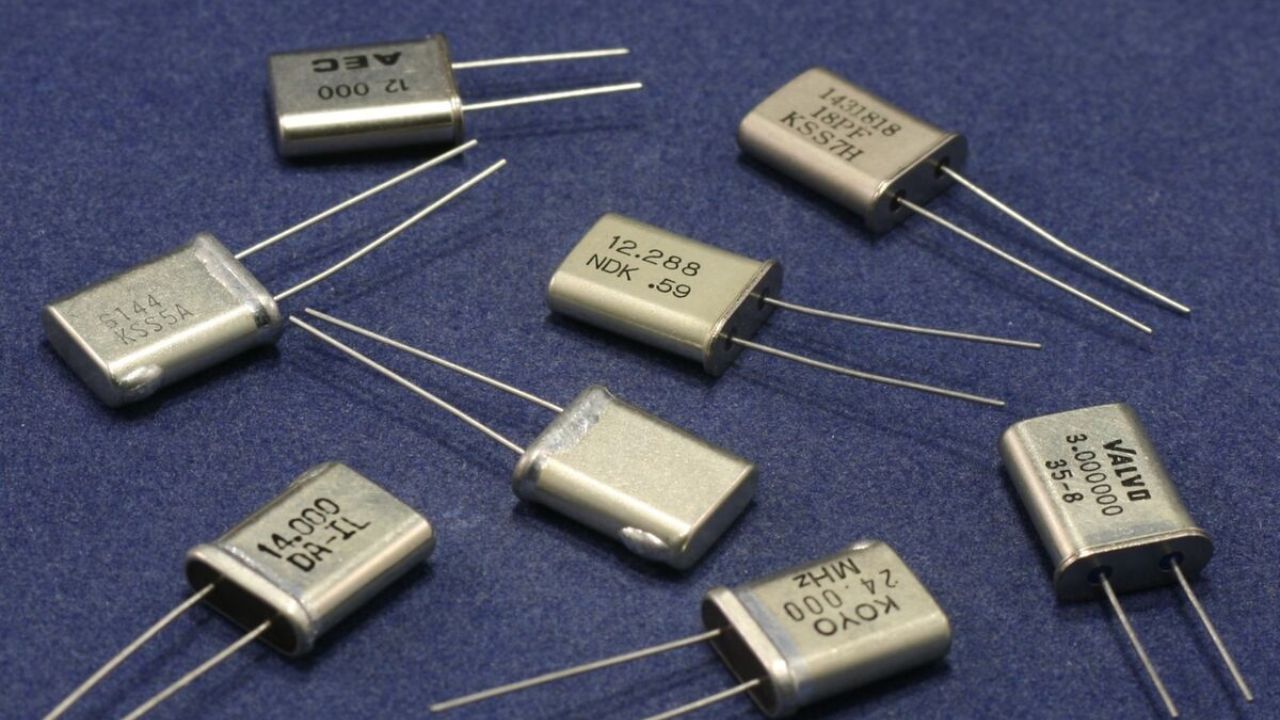The accurate time and frequency operations of electronic devices require bulk crystal oscillators. The frequency stability of bulk crystal oscillators needs to be maintained. This is because telecommunications systems, navigation systems, and scientific instruments depend on it. This Bulk Crystal Oscillator maintains stability through multiple influencing elements, including temperature fluctuations and mechanical stress, aging processes, power supply fluctuations, and external environmental factors. Understanding these influencing elements leads to improved performance results when using crystal oscillators in practical applications.
Temperature Variations
The main factor influencing frequency stability levels is temperature. The materials in crystal oscillators consist of quartz, which displays dimensional alterations based on temperature variations. The frequency oscillations change due to this phenomenon, causing performance variations. The frequency stability of standard oscillators depends on TCXOs and OCXOs, yet these components exhibit temperature-induced frequency drifts.
Mechanical Stress
The quartz crystal modifies its shape through physical pressure or mechanical stress, which subsequently modifies its frequency output. External stress affects the crystal during all stages of its lifecycle, including production handling and operational vibrations. The frequency output remains stable when manufacturers use proper packaging methods, together with careful handling procedures, to minimize mechanical stress.
Aging of the Crystal
The quartz crystal develops natural aging characteristics through time, which modifies its oscillation frequency. Internal crystal structure modifications together with surface contaminants cause this aging process. The original frequency of the oscillator becomes unstable because of this effect. Manufacturers establish predicted frequency drift limits, which calibration checks can help preserve accuracy levels.
Power Supply Stability
The supplied electrical power to the oscillator directly affects its frequency stability. The oscillator frequency will change when the power voltage shows fluctuations. The electronic components used for oscillation control respond directly to voltage variations. The performance becomes more stable when using a well-regulated power source, which reduces variations.
Environmental Factors
The stability of crystal oscillators becomes affected by external factors that include humidity levels, atmospheric pressure, and radiation exposure. The buildup of moisture inside the oscillator caused by high humidity results in unwanted frequency adjustments. Space-related applications that expose crystals to high-energy radiation cause damage to their internal structure, which results in frequency drift. Protective measures, together with proper sealing systems, minimize these effects.
Load Changes
The electrical load attached to a crystal oscillator directly affects its stability performance. A change in energy extraction from the oscillator by the connected circuit will lead to slight modifications in operating conditions that affect frequency. Designers conduct circuit construction with consideration toward load variations to prevent significant performance degradation of oscillators.
Manufacturing Quality
The manufacturing process precision, together with its quality standards, directly affects the oscillator's stability level. Frequency instability appears when manufacturing impurities affect quartz material or when cutting and shaping techniques produce variations. Manufacturers use strict production methods to create high-quality crystal oscillators that minimize manufacturing problems and achieve long-term stability.
Conclusion
The stability of bulk crystal oscillators depends on multiple factors that include temperature variations together with mechanical strain and product aging and power supply variations as well as external environmental factors. Engineers create better systems through an understanding of these factors to implement compensation measures, which result in accurate and reliable frequency control across different applications. Crystal oscillators function as essential electronic components because proper material selection and controlled manufacturing processes, along with stable operating environments, lead to improved stability.


